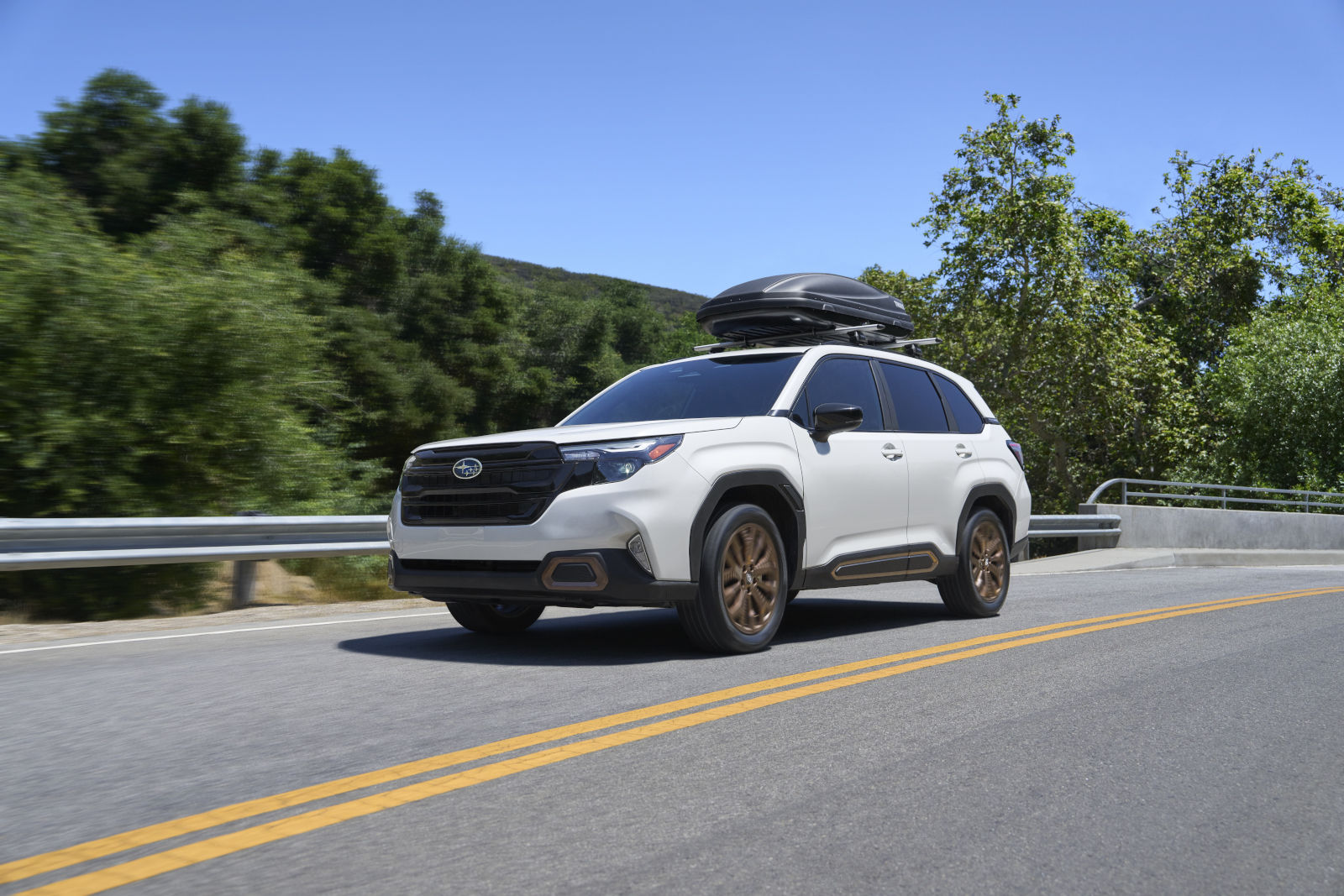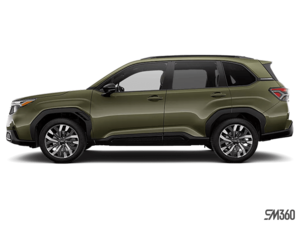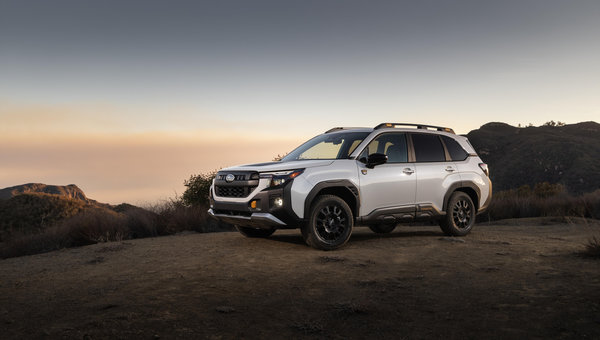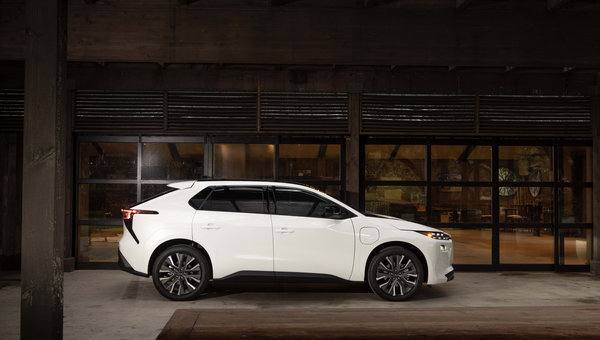2025 Subaru Outback vs 2025 Forester: Which SUV Fits Your GTA Lifestyle?
June 23 2025,

Choosing between the 2025 Subaru Outback and 2025 Forester depends on understanding how each vehicle aligns with your specific needs and driving patterns. Both offer standard all-wheel drive and proven reliability, but they serve different purposes within the Subaru lineup.
These two popular models share Subaru's core values of safety, capability, and practicality, yet each has distinct characteristics that make them suitable for different lifestyles and priorities. Understanding these differences helps you make an informed decision.
Size and Space Comparison
The most noticeable difference lies in their dimensions and interior space. The Outback provides more overall length and cargo capacity, while the Forester offers greater height and easier entry and exit.
Cargo Capacity:
- Outback: 920 litres behind rear seats, 2,144 litres with seats folded
- Forester: 1,048 litres behind rear seats, 2,098 litres with seats folded
The Outback's longer profile creates a more spacious rear cargo area that works well for longer items like camping gear or sports equipment. The Forester's taller design provides easier loading and unloading, particularly helpful for daily grocery runs or when dealing with bulky items.
Ground Clearance and Capability
Both vehicles offer 220 mm of ground clearance, providing confidence for cottage roads, winter driving, and light off-road situations. This clearance helps you navigate through snow, clear speed bumps confidently, and handle unpaved camping areas.
The Outback's longer wheelbase provides stability at highway speeds and a smoother ride on longer trips. The Forester's shorter wheelbase makes it more maneuverable in tight parking situations and urban environments.
Driving Position and Visibility
The Forester offers a more upright, SUV-like driving position that many drivers prefer for city driving and parking. The higher seating position provides better visibility in traffic and makes it easier to spot obstacles or pedestrians.
The Outback's lower, more wagon-like profile creates a sportier driving experience while still maintaining good visibility. This positioning can feel more car-like, which some drivers prefer for highway driving and longer commutes.
Engine Options and Performance

Outback Engine Choices:
- 2.5-litre 4-cylinder: 182 hp, 176 lb-ft of torque (base engine)
- 2.4-litre turbocharged 4-cylinder: 260 hp, 277 lb-ft of torque (XT models)
Forester Engine:
- 2.5-litre 4-cylinder: 180 hp, 178 lb-ft of torque (standard across all trims)
The Outback offers more power options, including the turbocharged engine for drivers who want additional performance for towing or highway driving. The Forester's single engine option simplifies the decision-making process while providing adequate power for most driving situations.
Technology and Infotainment
Both vehicles offer similar technology packages, but with some differences in screen sizes and available features:
Standard Features (Both Models):
- EyeSight Driver Assist Technology
- Symmetrical Full-Time All-Wheel Drive
- LED headlights with automatic on/off
- Rearview camera
Infotainment Options:
- Base systems: Dual 7-inch touchscreens (Outback Convenience, Forester Convenience)
- Upgraded systems: 11.6-inch touchscreen with wireless Apple CarPlay and Android Auto
The larger touchscreen systems in both vehicles provide the same core functionality, making this less of a differentiating factor between the two models.
Fuel Efficiency Considerations
The Forester's lighter weight and single engine option typically provides consistent fuel economy across the lineup. The Outback's multiple engine choices allow you to prioritize either efficiency with the base engine or performance with the turbocharged option.
For daily commuting in the GTA, both vehicles provide reasonable fuel consumption, though your driving patterns and engine choice will ultimately determine your actual efficiency.
Pricing and Value
Both vehicles start at similar price points in their base configurations, with the final cost depending on your chosen trim level and options. The Outback's additional engine choice and some luxury-oriented trim levels can result in a higher top-end price.
Consider your actual needs versus wants when comparing trim levels. Both vehicles provide excellent value in their base configurations, with higher trims adding convenience and luxury features rather than fundamental capability.
Making Your Decision
Choose the Forester if you prioritize easier entry and exit, maximum cargo accessibility, and a commanding driving position for city driving. It works well for families with active lifestyles who need practical daily transportation.
Choose the Outback if you want engine options, slightly more cargo space for longer items, and a more refined highway driving experience. It suits buyers who take frequent longer trips or want additional performance capability.
Visit Subaru of Maple to compare both vehicles side by side and determine which model better matches your daily driving needs and lifestyle priorities.



